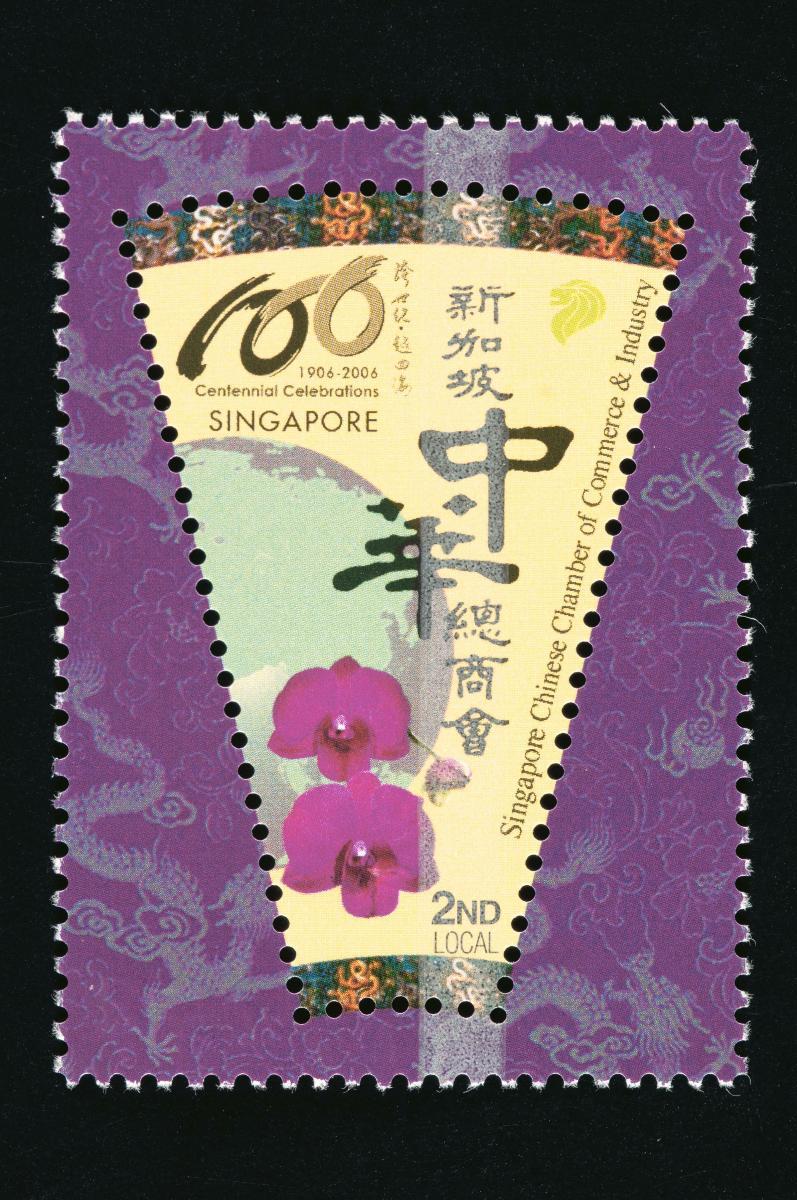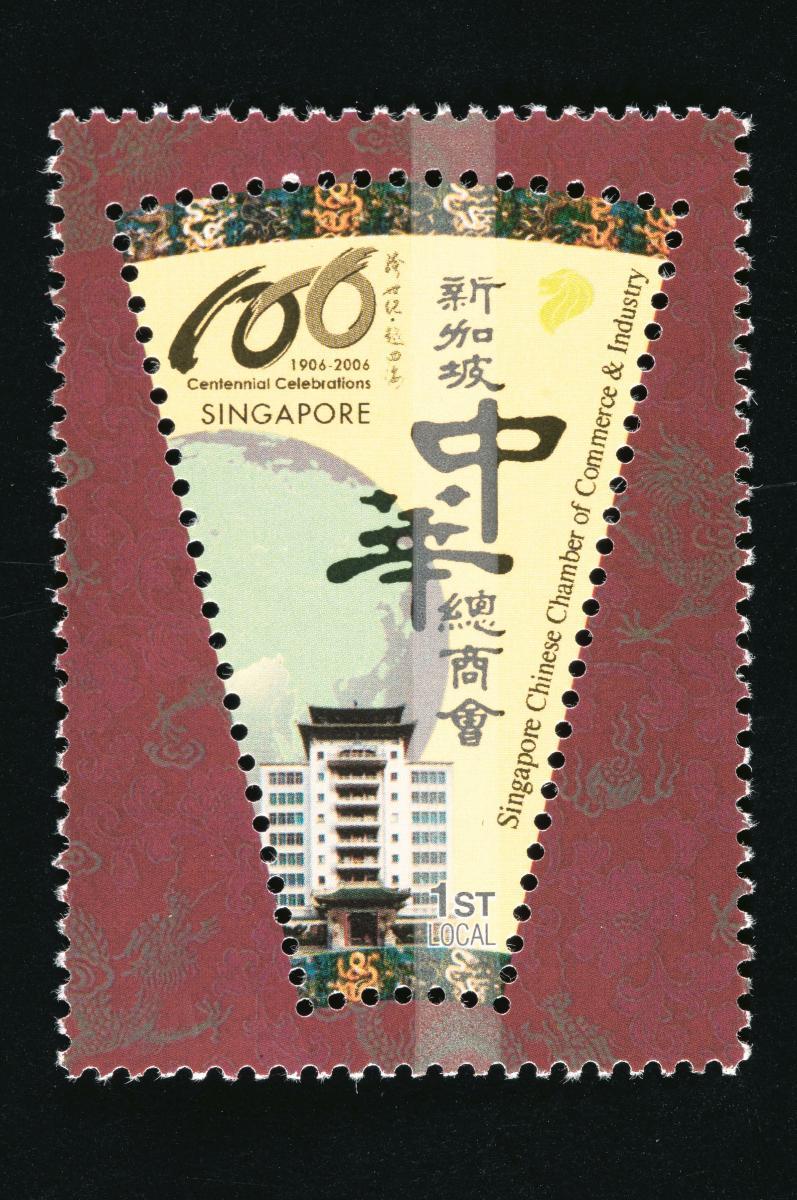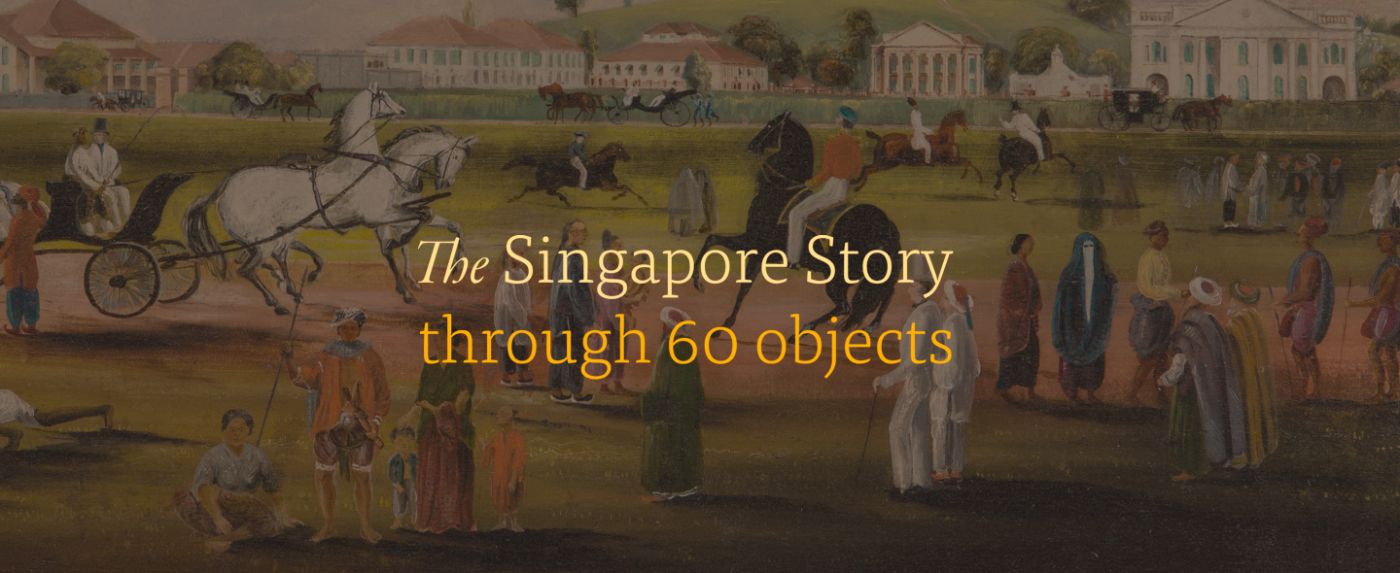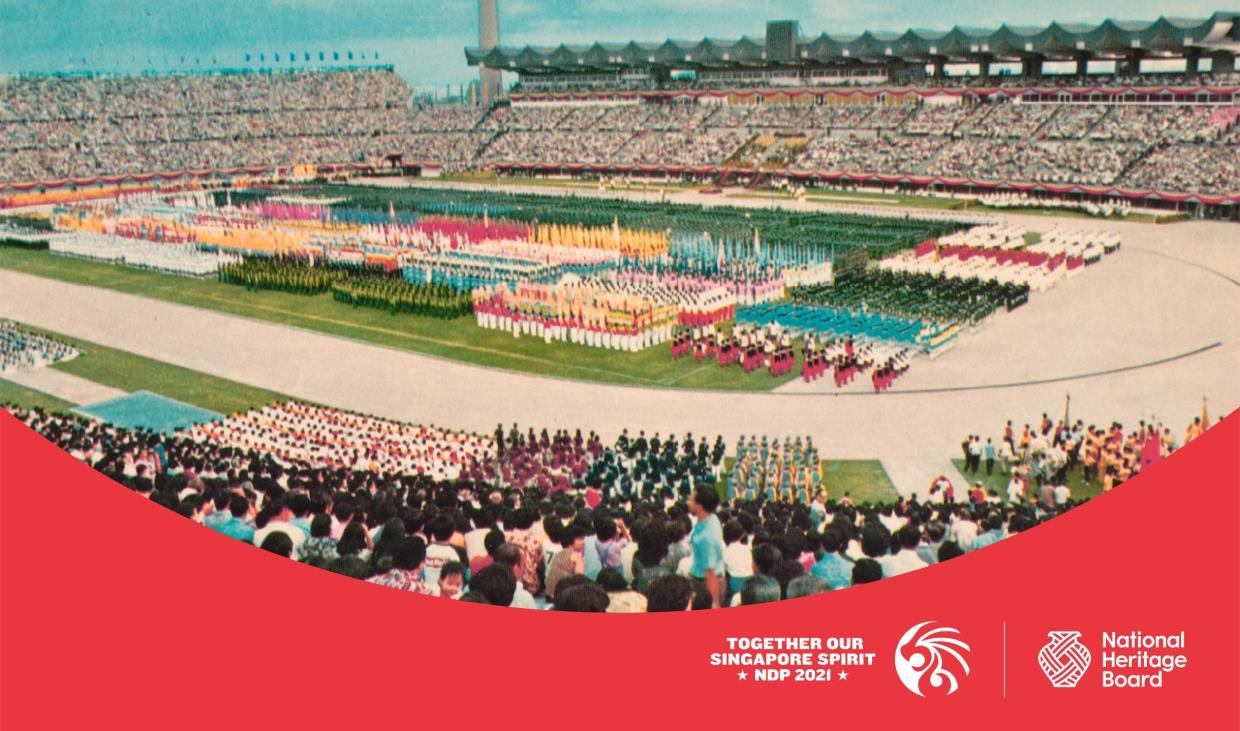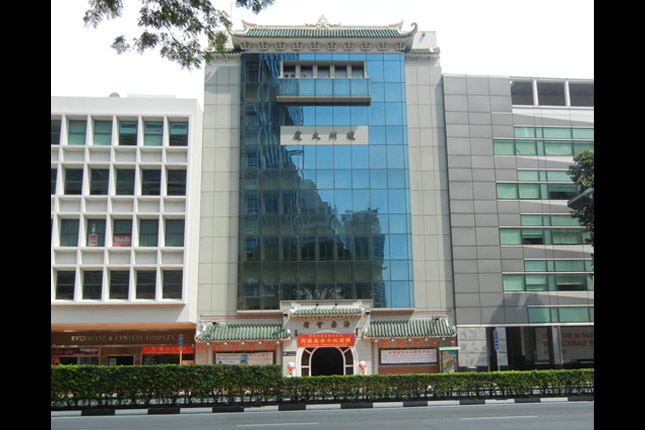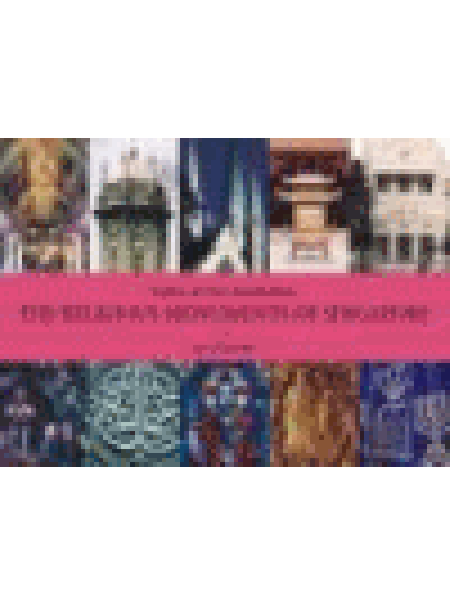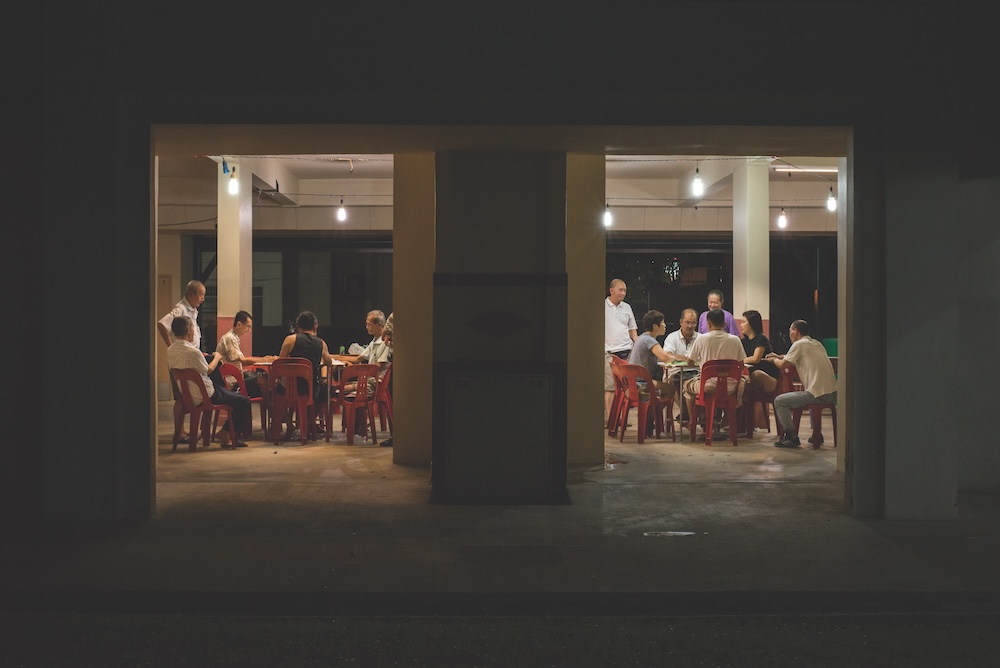Chinese leaders in Singapore first established the Singapore Chinese Chamber of Commerce and Industry (SCCCI) in 1906, with the aim of promoting trade and industry for the nation’s progress and prosperity. The organisation continues to play a key role in representing the interests of local businesses today.
While the history of SCCCI dates back to the early 1900s, the SCCCI building at Hill Street was only officially opened in 1964.
The ten-storey building combines tradition with modernity. Staying true to the roots of the organisation, the modern building is adorned by classical Chinese architectural elements such as a double-tiered pyramid roof covered with green-glazed tiles, brightly painted beams, red pillars and ornamented railings and balconies. The walls flanking the front entrance are also decorated, with nine dragons painted on each side.
Site of a former Teochew tycoon’s mansion
The SCCCI building at Hill Street sits on the site of the former mansion of Wee Ah Hood, one of the biggest gambier and pepper merchants of the mid-1800s.
Dubbed one of Singapore’s ‘Four Great Mansions’—upper class townhouses built by Teochew tycoons—the house was also SCCCI’s first operating office. The chamber had rented the mansion in 1906 to use as an office and later bought it in 1911. Wee’s mansion was later demolished and the SCCCI Building was constructed in 1963.
SCCCI today
The Chamber has lived through many of Singapore’s historical milestones: colonial Singapore, and pre- and post-merger Singapore, and its ties to our history is inextricable. As Prime Minister Lee Kuan Yew once said, “The history of the Singapore Chinese Chamber of Commerce is a reflection of the history of Singapore.”
Today, SCCCI continues to represent business organisations as well as provide resources and opportunities to develop an influential global Chinese business network.
Buildings and sites featured on Roots.gov.sg are part of our efforts to raise awareness of our heritage; a listing on Roots.gov.sg does not imply any form of preservation or conservation status, unless it is mentioned in the article. The information in this article is valid as of March 2020 and is not intended to be an exhaustive history of the site/building.





